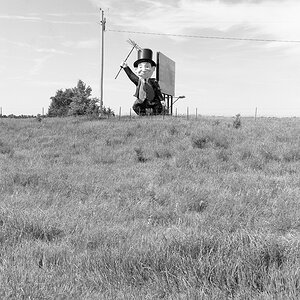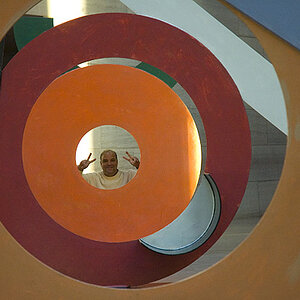jake337
Been spending a lot of time on here!
- Joined
- Jun 3, 2010
- Messages
- 4,274
- Reaction score
- 1,245
- Location
- minnesota
- Can others edit my Photos
- Photos OK to edit
I'll stick with my d750.
The 5dsr or the successor to the d810 also sound nicer, or even just the d810.
Pair one of those with a zeiss lens or just an art lens.
Cool beans. I'll be sticking with my Df till it dies as well but my next body will be medium format.
If the price was the same for the X1D add the D810 successor would you still feel that way?
High costs have been keeping the average Joe away from digital medium format. That may change in the years to come. With the 645z closely approaching flagship nikon/canon prices I can see the future is bright in digital medium format.


![[No title]](/data/xfmg/thumbnail/36/36667-b3265abf8272f21d759a0abd6a0995c3.jpg?1619737676)
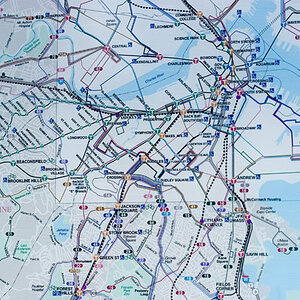


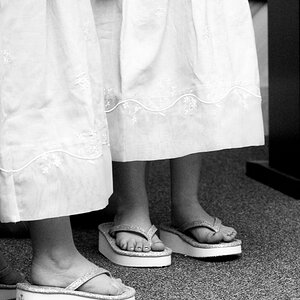
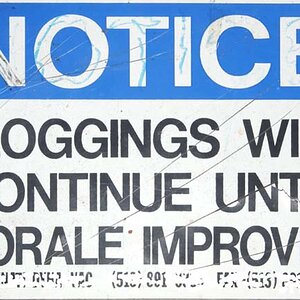
![[No title]](/data/xfmg/thumbnail/37/37535-0e9dcff8bc21e85b84fa89af160ac8d5.jpg?1619738132)


